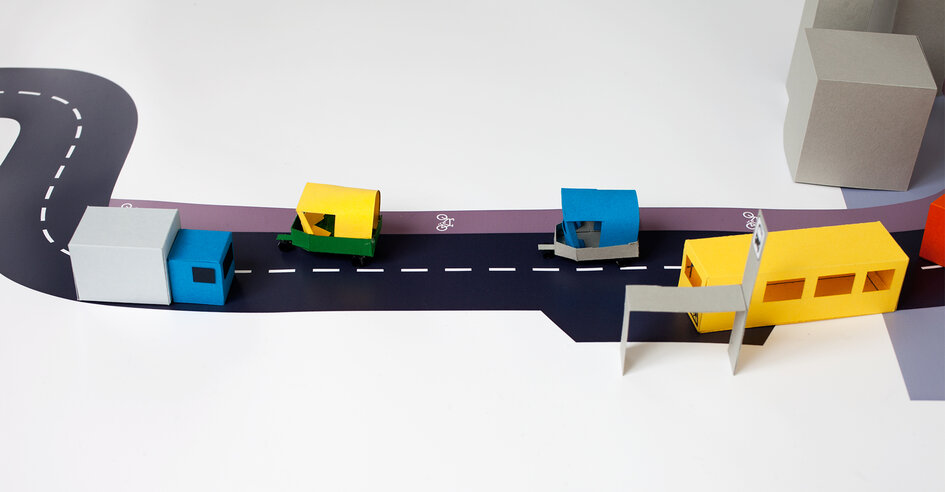For a full three minutes, AT&T’s latest PSA-style ad lets you think it might be the one distracted driving message that doesn’t end in tragedy. A cheerful father dutifully ignores his buzzing phone as he drives three laughing young girls to the pool — each vibration ratcheting up the underlying suspense.

When you see the driver next to you looking at their phone, it’s no longer safe to assume they’re texting. New research1 from AT&T shows nearly 4-in-10 smartphone users tap into social media while driving. Almost 3-in-10 surf the net. And surprisingly, 1-in-10 video chat.
7-in-10 people engage in smartphone activities while driving. Texting and emailing are still the most prevalent. But other smartphone activity use behind the wheel is now common. Among social platforms, Facebook tops the list, with more than a quarter of those polled using the app while driving. About 1-in-7 said they’re on Twitter behind the wheel.
The Plot:
Along comes an apparition of a cryptic little boy to dash any hopes of a drama-free drive with a do-gooder dad. After some idle small talk, the kid asks the dad if he wants to check his phone, but the dad says he’d never do so with a kid in the car.
“It’s okay. I’m not here,” the kid ominously replies before vanishing.
Evidently, thinking he imagined the whole encounter, the dad glances at his phone. In the same instant, the kid darts into the road, and the dad slams on his brakes a second too late.
The TV-friendly version of the commercial is pared down to just that final exchange, but the full three-and-a-half-minute scene adds an extra dose of context and masterfully built suspense.
It also allows for a few well-placed red herrings — a man walks to a mailbox as the driver is distracted, the driver reaches towards his vibrating phone only to adjust the radio volume — that make you brace for an impact that doesn’t come.
That the video spends more than three quarters of its time focused on innocuous chit-chat and everyday activities makes for an apt demonstration of how the dire consequences of a distraction can play out in a fraction of a second.
The ad’s narrative is rooted in research that shows that 64 percent of people admit to using a smartphone when driving alone. Just over half of that number say they have done so with passengers in the car and less if those passengers are children.
The telecom is also working with the team behind the behavioral psychology podcast and book Freakonomics to enumerate other quirks in how people think about phone usage behind the wheel.
The effort is part of AT&T’s long-running “It Can Wait” campaign.
Original Story written by Patrick Kulp @Mashable

